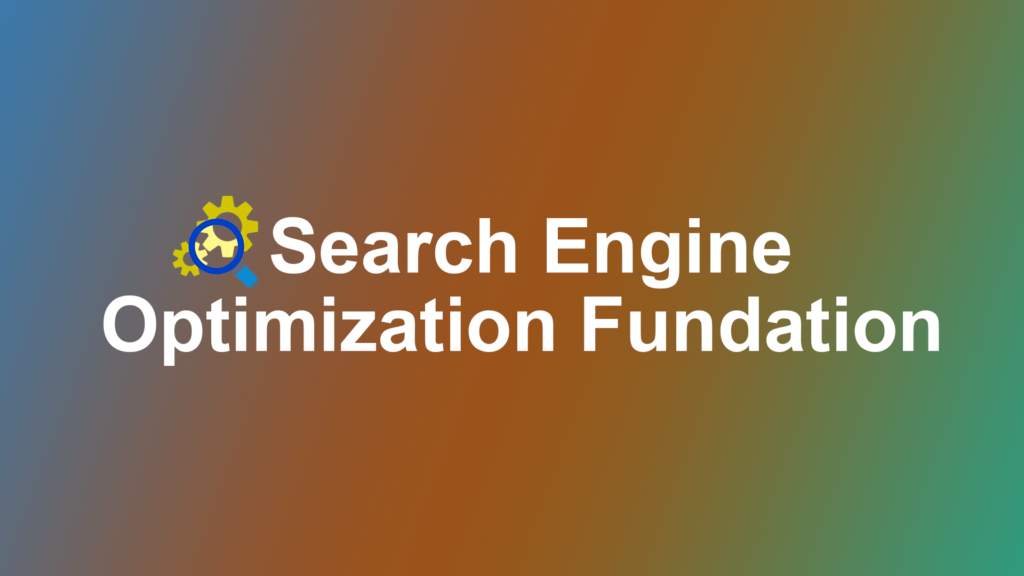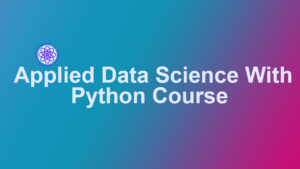What is SnapLogic
SnapLogic is an integration platform that enables businesses to connect and automate workflows across applications and data sources. It guiding a visual interface with pre-built connectors, called snaps, to simplify the creation of data pipelines for seamless data integration.
Can you explain the concept of “Snaps” in SnapLogic?
In SnapLogic, “Snaps” refer to pre-built connectors that facilitate the integration of applications and data sources. Each Snap performs a specific function, allowing users to easily configure and connect diverse systems, enabling seamless data flow and communication within the SnapLogic integration platform.
Describe the architecture of the SnapLogic platform.
The SnapLogic platform architecture is based on a modular, containerized design. It comprises Snaps for connecting applications and data sources, an integration control plane, and a runtime execution environment.
How does SnapLogic handle data processing and integration across different systems?
SnapLogic manages data processing and integration through modular components known as Snaps. These Snaps initiate connections with a range of systems, applications, and data sources, enabling the smooth transfer of data. The platform utilizes a visual interface to create workflows, enhancing user-friendliness and efficiency in coordinating data integration across different systems.
How do you create a pipeline in SnapLogic Designer?
To create a pipeline in SnapLogic Designer, you drag and drop Snaps onto the canvas and configure them as needed. Connect Snaps to describe the data flow. Customize settings, and execute the pipeline. The visual interface simplifies designing complex workflows for data processing and integration.
What are the different types of Snaps in SnapLogic?
SnapLogic Provides various types of Snaps, including Application Snaps for connecting to applications, Data Snaps for processing and transforming data, and Technology Snaps for connecting to different technologies and protocols.
Provide examples of Snaps that are commonly used for specific integration scenarios.
For application integration, SnapLogic provides Salesforce Snap for Salesforce integration, Workday Snap for Workday integration, and ServiceNow Snap for ServiceNow integration. Data integration leverages Snaps like Mapper Snap for data transformation and Join Snap for merging datasets, ensuring versatile and seamless connectivity.
How do you perform data transformation in SnapLogic?
In SnapLogic, data transformation is accomplished using the Mapper Snap. This Snap allows users to define transformation rules visually, mapping and manipulating data between source and target structures within pipelines.
Explain the process of mapping fields between source and target systems.
Mapping fields between source and target systems in SnapLogic involves using the Mapper Snap. With a visual interface, users drag connections between corresponding fields, defining how data should be transformed during integration.
What mechanisms does SnapLogic provide for error handling in a pipeline?
SnapLogic offers robust error-handling mechanisms in pipelines. Users can configure error views, specify error handling policies, and implement error propagation rules. This ensures efficient identification, handling, and logging of errors, enhancing the platform’s reliability in managing data integration processes.
Describe the security features in SnapLogic.
SnapLogic prioritizes security with features like encryption in transit and at rest, secure access controls, and OAuth support. The platform complies with industry standards, ensuring data integrity and confidentiality throughout the data integration process.
Discuss common integration patterns used in SnapLogic.
Common integration patterns in SnapLogic include Point-to-Point, Hub-and-Spoke, and Event-Driven Integration. Point-to-Point connects two systems directly, Hub-and-Spoke uses a central hub for communication, and Event-Driven triggers actions based on specific events, providing flexibility in designing effective integration workflows.
Provide examples of scenarios where different integration patterns are suitable.
In a Point-to-Point scenario, connecting a CRM system directly to an email marketing platform is suitable. Hub-and-Spoke is effective for consolidating data from various sources into a central data warehouse. Event-Driven integration is ideal for triggering real-time actions based on specific events, like updating inventory when a new order is received.
Explain the role of the Manager in managing Snaplex nodes.
The Manager in SnapLogic oversees Snaplex nodes, handling tasks such as node provisioning, and scaling to ensure efficient and effective data integration across the platform.
How can you optimize the performance of a SnapLogic pipeline?
Optimizing SnapLogic pipeline performance involves using bulk operations, minimizing data transfer, and leveraging parallelism. Efficiently configuring Snap settings, caching data, and using Snaplex node scaling can enhance throughput. Profiling and monitoring tools help identify bottlenecks, enabling users to fine-tune pipelines for optimal execution.
Explain the usage of REST and SOAP Snaps in SnapLogic.
REST and SOAP Snaps in SnapLogic facilitate integration with web services. REST Snaps enable perfect communication with RESTful APIs, while SOAP Snaps provide connectivity to SOAP-based web services, ensuring versatile and efficient integration with a variety of external systems.
How do you monitor the execution of a pipeline in SnapLogic?
In SnapLogic, you monitor pipeline execution through the Dashboard and Manager. The Dashboard provides real-time insights into pipeline activity, while the Manager allows detailed examination of execution logs and performance metrics.
Discuss the importance of logging in troubleshooting and monitoring SnapLogic tasks.
Logging in SnapLogic is crucial for troubleshooting and monitoring tasks. exhaustive logs provide insights into pipeline execution, helping identify errors, track data flow, and optimize performance. This information is essential for maintaining the reliability and efficiency of integration workflows.











